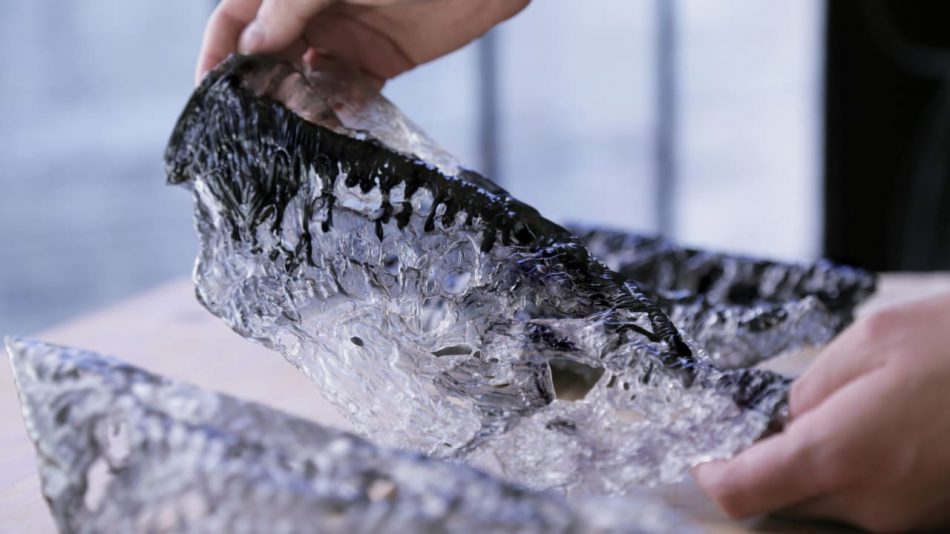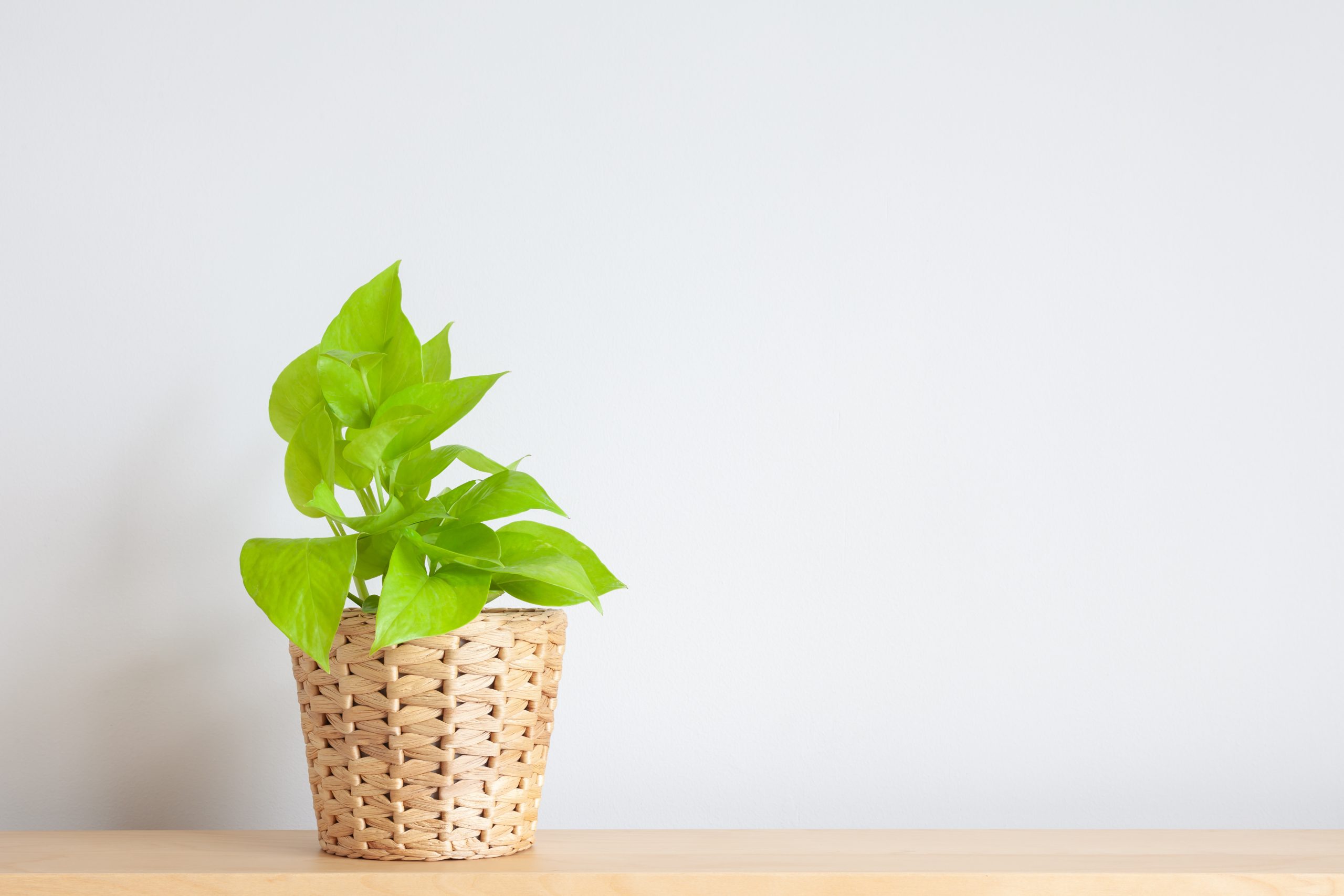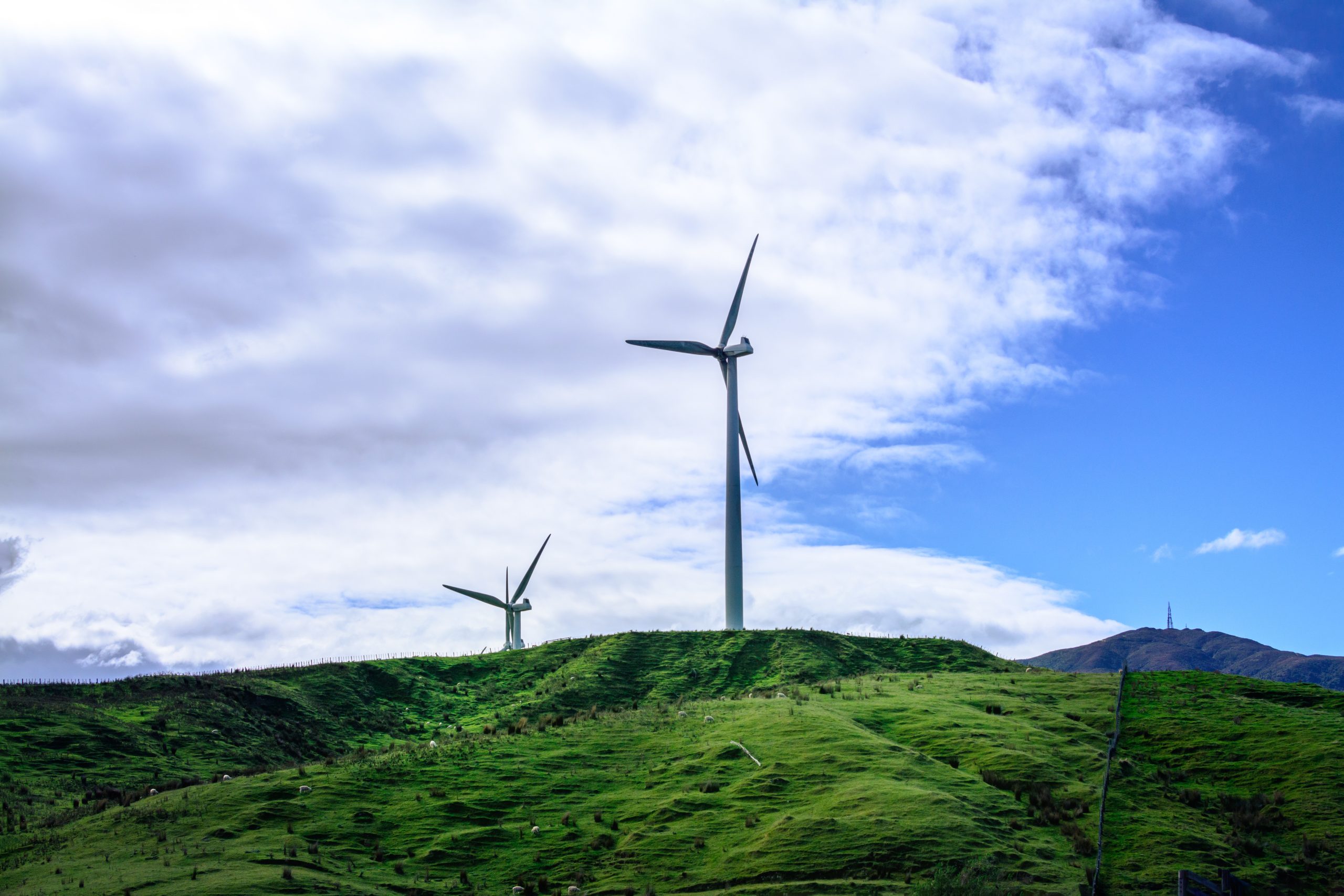Plastic pollution is one of the worst symptoms of our times. That’s why we’re not shy to publish stories that explore eco-friendly alternatives to the petroleum-based plastics we use every day. And while we have written about bioplastics that are compostable or that are made from waste streams such as leftover fish skin, we have yet to find a bioplastic that actually leaves a positive impact on the environment. But that could soon change.
At the 2020 Lexus Design Awards, one finalist presented a new design called BioScales that looks like an abstract sculpture. What it really is is a type of bioplastic that is designed to capture CO2 and pollution from the air and later to be composted, returning carbon to the soil.
BioScales is just a part of a bigger project from Los Angeles-based design firm Sutherlin Santo. The project is called Biocraft, and its aim is to replace petroleum-based plastic with biopolymers that have additional functions, like the carbon sequestration used by the scales.
The design is still at an early stage, and the designers haven’t yet calculated what impact it could have on air quality. To begin to have an impact on CO2, it would have to be deployed at a large scale—and installing BioScale tiles on the exterior walls of a large building, for example, would pose some logistical challenges in terms of removing and replacing the tiles as they become saturated with smog.
Still, it’s an interesting experiment: What if more materials not only reduced their own environmental impact but also actively tried to go farther?












